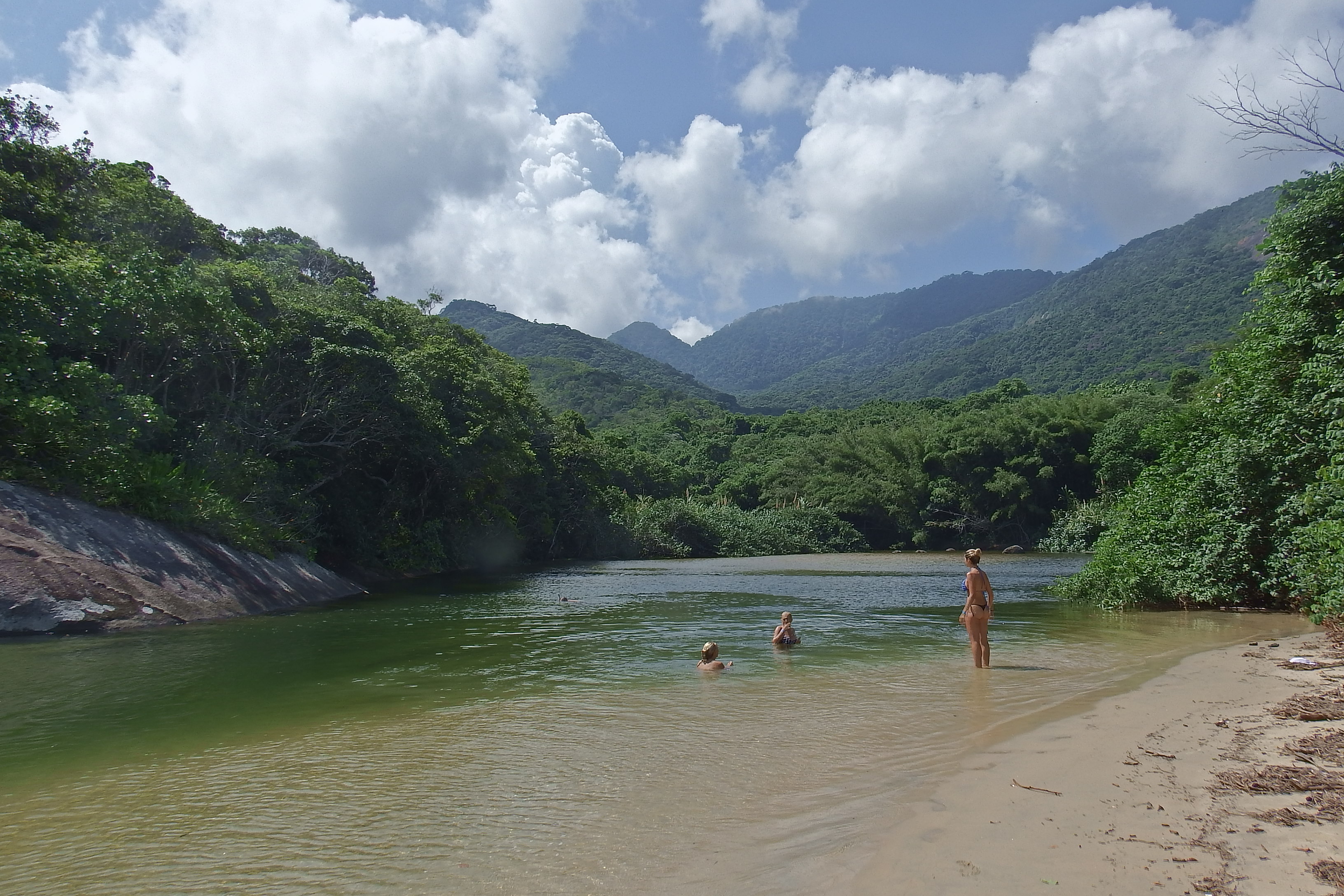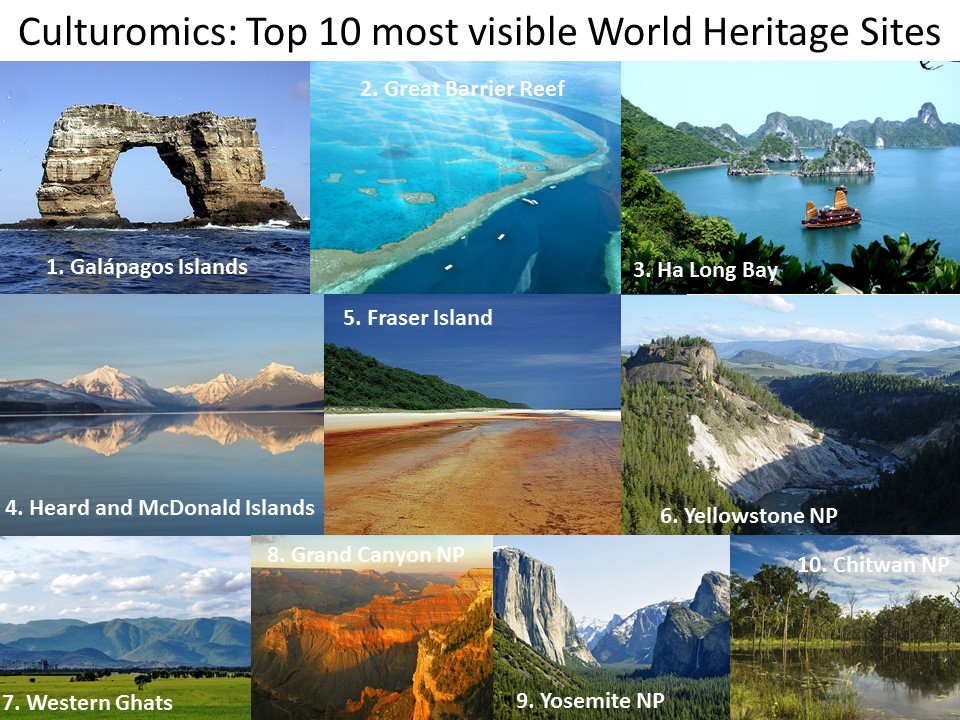Protected Area assets: a framework to restate the policy case for Brazilian PAs
In the last 30 years Brazil has significantly expanded its network of protected areas (PAs) : nowadays over 17% of terrestrial land and inland waters and 1.5% of coastal and marine areas are protected. The Brazilian protected area system is the largest in the world. Brazil is recognised internationally for its leadership in biodiversity conservation










